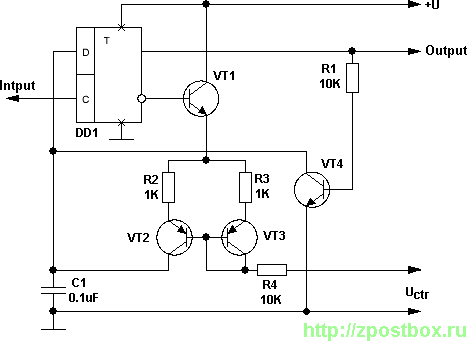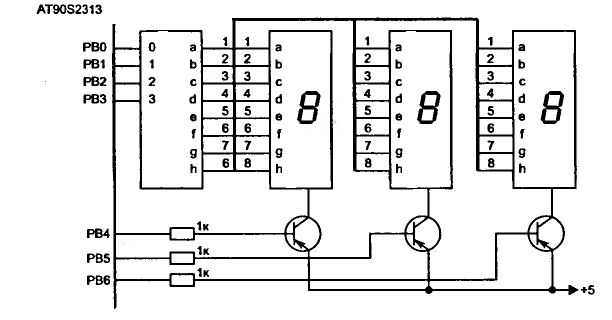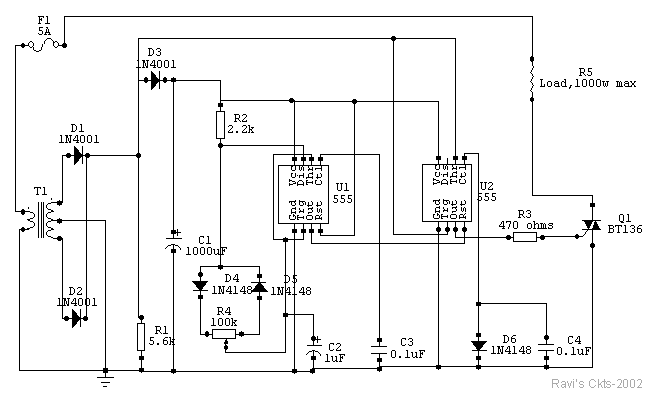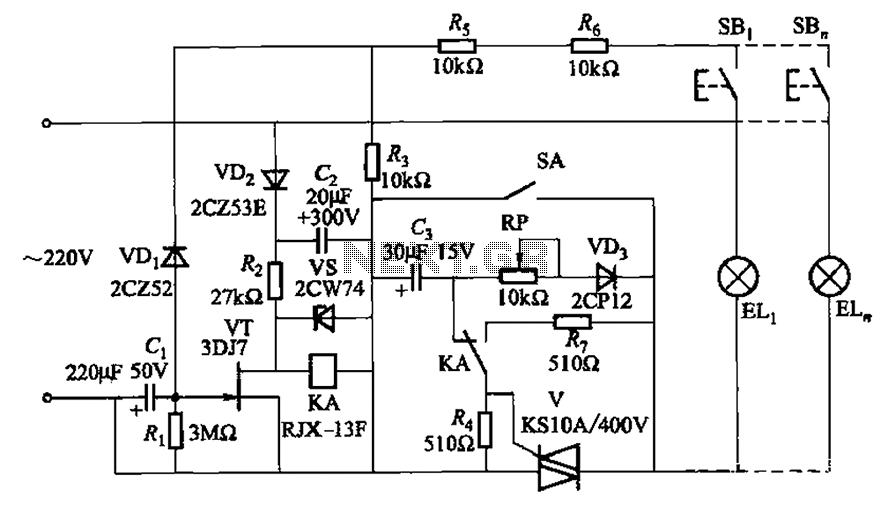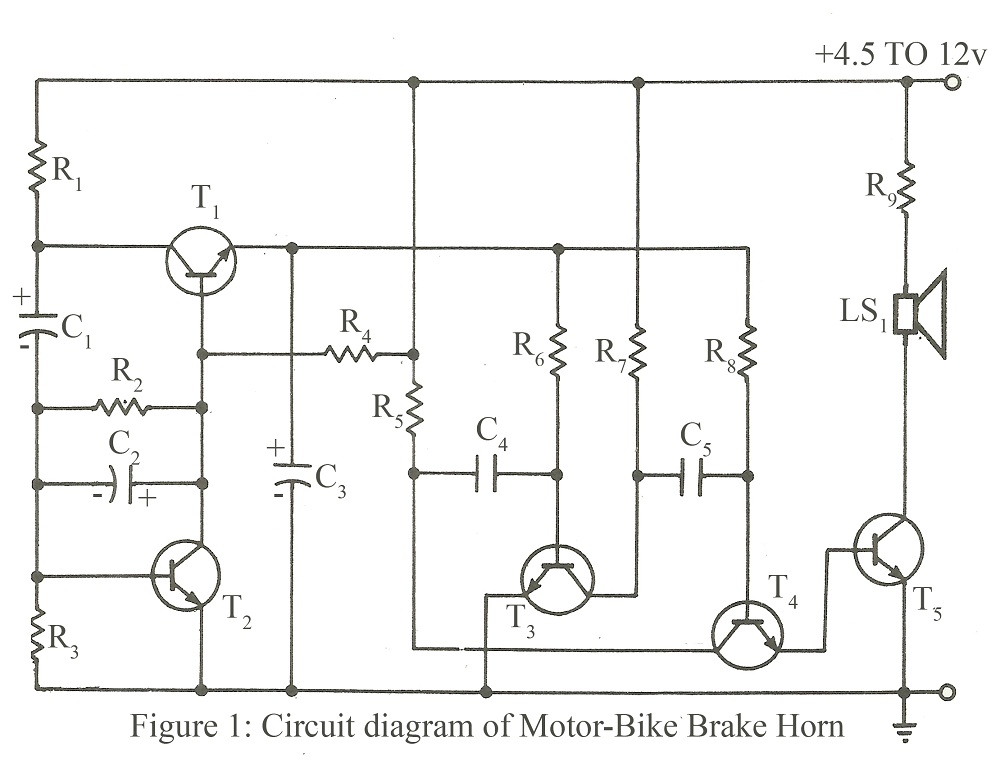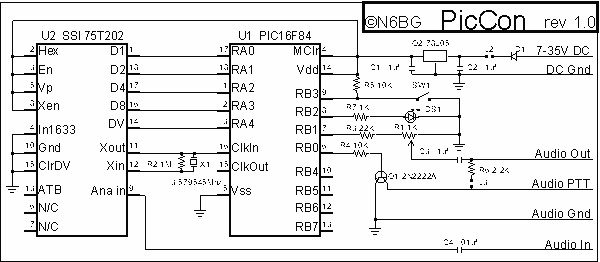
UC3625 brushless DC motor open loop speed control

The circuit diagram represents a brushless DC motor driving circuit designed for a 45V/8A application. It features an open voltage-controlled design that allows for speed adjustment through an external potentiometer connected to a PWM duty cycle. The diagram illustrates a three-phase bridge configuration utilizing P-channel and N-channel MOSFETs. Additionally, it incorporates two current sensing resistors, enabling the circuit to operate in four-quadrant mode, which facilitates braking control and includes an average current control system.
The brushless DC motor driving circuit is configured to operate efficiently at a voltage of 45V and a maximum current of 8A. The use of an external potentiometer for PWM duty cycle adjustment allows for precise control of the motor speed, making it suitable for applications requiring variable speed operation. The three-phase bridge configuration is essential for driving the motor, where P-channel and N-channel MOSFETs are strategically placed to handle the switching of current through the motor windings.
The inclusion of current sensing resistors is critical for monitoring the motor's performance and ensuring safe operation. These resistors provide feedback for current regulation, allowing the circuit to maintain desired performance levels while preventing overcurrent conditions. The four-quadrant operation capability is a significant feature, enabling the motor to not only drive forward and reverse but also to brake effectively. This is accomplished by controlling the direction of current flow through the motor windings, which is essential for applications such as robotics and electric vehicles.
In summary, this brushless DC motor driving circuit is designed for high efficiency and versatility, with features that support speed control, current monitoring, and braking functionality. Its robust design, leveraging modern MOSFET technology, ensures reliable performance in demanding applications.28 is 45V/8A brushless DC motor driving circuit diagram. It is an open voltage-controlled, adjustable by one pin external potentiometer adjustment of the PWM duty cycle, the av erage voltage supplied to the motor control to adjust the speed. Table figure only shows the way to a three-phase bridge by 16 feet (PUC) and 12 feet (PDC) are driven P-channel and N-channel MOSFET. Rejection two current sensing resistor RT and helmet, so the circuit can operate in four-quadrant mode, the brake can be controlled, and an average current control system.
The brushless DC motor driving circuit is configured to operate efficiently at a voltage of 45V and a maximum current of 8A. The use of an external potentiometer for PWM duty cycle adjustment allows for precise control of the motor speed, making it suitable for applications requiring variable speed operation. The three-phase bridge configuration is essential for driving the motor, where P-channel and N-channel MOSFETs are strategically placed to handle the switching of current through the motor windings.
The inclusion of current sensing resistors is critical for monitoring the motor's performance and ensuring safe operation. These resistors provide feedback for current regulation, allowing the circuit to maintain desired performance levels while preventing overcurrent conditions. The four-quadrant operation capability is a significant feature, enabling the motor to not only drive forward and reverse but also to brake effectively. This is accomplished by controlling the direction of current flow through the motor windings, which is essential for applications such as robotics and electric vehicles.
In summary, this brushless DC motor driving circuit is designed for high efficiency and versatility, with features that support speed control, current monitoring, and braking functionality. Its robust design, leveraging modern MOSFET technology, ensures reliable performance in demanding applications.28 is 45V/8A brushless DC motor driving circuit diagram. It is an open voltage-controlled, adjustable by one pin external potentiometer adjustment of the PWM duty cycle, the av erage voltage supplied to the motor control to adjust the speed. Table figure only shows the way to a three-phase bridge by 16 feet (PUC) and 12 feet (PDC) are driven P-channel and N-channel MOSFET. Rejection two current sensing resistor RT and helmet, so the circuit can operate in four-quadrant mode, the brake can be controlled, and an average current control system.
